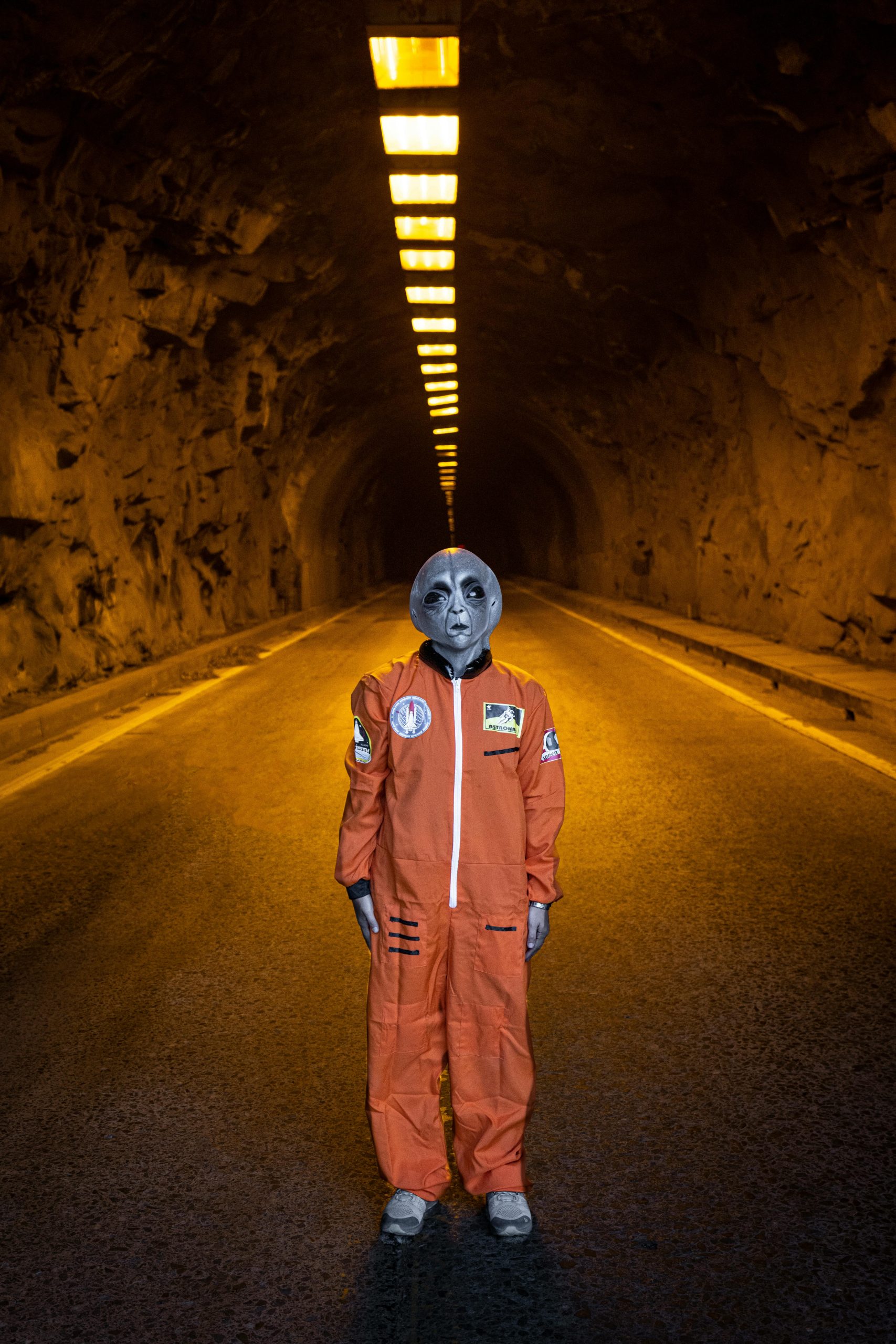Our world is filled with wonders that defy logic, challenge our understanding, and leave us questioning reality. From natural phenomena that seem straight out of science fiction to human-made oddities that boggle the mind, the bizarre realities of our planet are as fascinating as they are unbelievable. Here are 10 strange but true facts that will make you see the world in a whole new light.
1. The Boiling River of the Amazon
Deep in the Peruvian Amazon lies a river so hot it can boil small animals alive. Known as Shanay-timpishka (meaning “boiled with the heat of the sun”), this river reaches temperatures of up to 200°F (93°C). Scientists believe geothermal activity heats the water, but locals attribute its power to a mythical serpent spirit. The river’s existence was long dismissed as legend until geophysicist Andrés Ruzo confirmed its reality in 2011.
Why Does It Boil?
Unlike typical hot springs, the Boiling River stretches for nearly 4 miles, making it unique. The heat likely comes from fault-fed hot springs, where water seeps deep into the Earth, gets heated by geothermal energy, and resurfaces scalding hot.
2. The Door to Hell: Turkmenistan’s Burning Crater
In the heart of Turkmenistan’s Karakum Desert, a fiery pit known as the Darvaza Gas Crater has been burning for over 50 years. Locals call it the “Door to Hell,” and it’s easy to see why—this 230-foot-wide crater is a gaping maw of flames, visible for miles at night.
How Did It Start?
In 1971, Soviet engineers drilled into a natural gas cavern, causing the ground to collapse. To prevent toxic gas leaks, they set the crater on fire, expecting it to burn out in weeks. Decades later, it’s still ablaze, creating an eerie and mesmerizing spectacle.
3. The Eternal Lightning Storm of Venezuela
At the mouth of the Catatumbo River in Venezuela, a never-ending lightning storm illuminates the sky nearly 300 nights a year. Known as Relámpago del Catatumbo, this phenomenon produces up to 280 lightning strikes per hour, visible from 250 miles away.
What Causes It?
Scientists believe the unique geography—warm winds from the Caribbean colliding with the Andes—creates ideal conditions for lightning. The storm is so consistent it’s been used as a natural lighthouse by sailors for centuries.
4. The Blood Falls of Antarctica
In the frozen expanse of Antarctica, a waterfall the color of blood cascades from the Taylor Glacier. Discovered in 1911, Blood Falls was initially thought to be caused by red algae. The truth is even stranger.
A Subglacial Mystery
The water comes from a hypersaline lake trapped beneath the glacier for over a million years. The iron-rich water oxidizes upon contact with air, turning blood-red. This discovery has reshaped our understanding of extreme life forms, as microbes thrive in the subglacial lake.
5. The Moving Rocks of Death Valley
In California’s Death Valley, rocks mysteriously slide across the dry lakebed of Racetrack Playa, leaving long trails behind them. For decades, no one could explain how these sailing stones moved—until 2014.
The Secret Behind the Movement
Scientists found that under rare conditions, rain creates a thin layer of ice on the playa. When the ice breaks into panels, wind pushes the rocks across the slippery surface, carving trails in the mud. The phenomenon requires a perfect balance of temperature, wind, and moisture.
6. The Underwater Crop Circles of Japan
Off the coast of Japan, intricate geometric patterns appear on the ocean floor. These “mystery circles,” spanning up to 6 feet in diameter, were once thought to be the work of aliens or ancient civilizations. The truth is far cuter.
A Fishy Artist
Male pufferfish create these elaborate designs to attract mates. Using their fins, they sculpt ridges and valleys in the sand, decorating them with shells. The more intricate the circle, the more likely a female will choose the male.
7. The Singing Sands of the World
In deserts from the Sahara to Death Valley, sand dunes occasionally produce eerie, musical sounds. Known as singing sands, these dunes emit low-frequency booms or melodic hums when sand grains slide down their slopes.
Why Do Sands Sing?
The phenomenon occurs when uniformly sized sand grains avalanche, creating synchronized vibrations. The exact pitch depends on the grain size and humidity. Some dunes “sing” at volumes loud enough to be heard miles away.
8. The Sailing Stones of Iceland’s Ice Caves
In Iceland’s ice caves, massive boulders seem to float mid-air. These hovering stones are actually perched on delicate ice pedestals, created by a rare freezing process.
How Do They Float?
When water seeps under a rock and freezes, it lifts the stone slightly. Over time, wind erodes the surrounding ice, leaving the rock balanced on a slender ice column. The illusion is breathtaking—and fleeting, as the pedestals eventually melt.
9. The Never-Ending Storm of Catatumbo
Venezuela’s Catatumbo lightning isn’t the only endless storm. In Colombia, the Lightning Capital of the World experiences nearly nightly thunderstorms due to its unique location between mountain ranges and warm ocean currents.
A Natural Light Show
These storms are so predictable they’ve been used for navigation since colonial times. The region sees over 200 thunderstorms annually, with lightning strikes so frequent they’ve become a tourist attraction.
10. The Pink Lakes of Australia
Australia’s Lake Hillier is a vibrant pink hue, looking like something from a fantasy novel. Unlike other pink lakes, its color remains year-round, even when bottled.
What Turns It Pink?
The lake’s color comes from salt-loving algae (Dunaliella salina) and pink bacteria. Despite its high salinity
